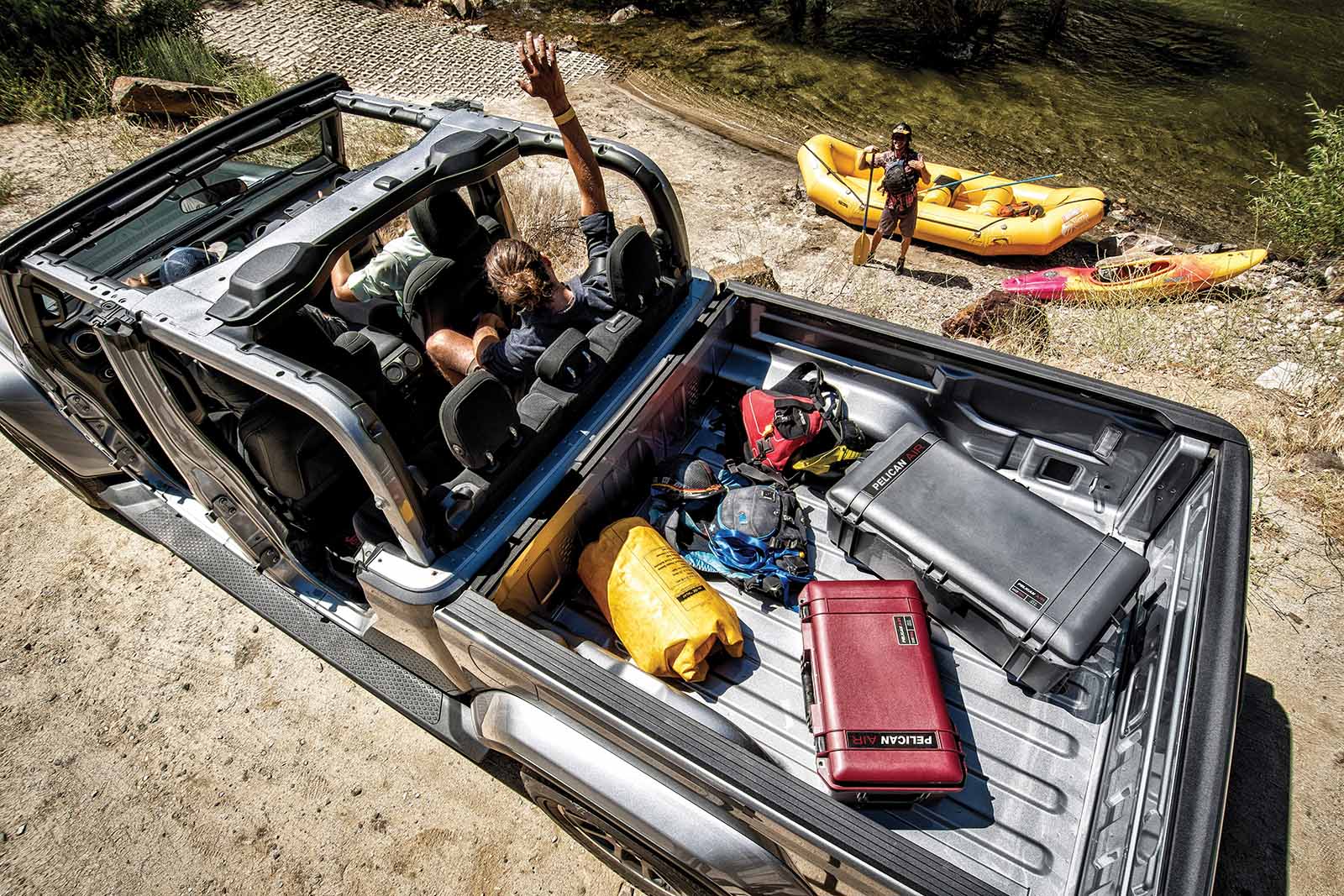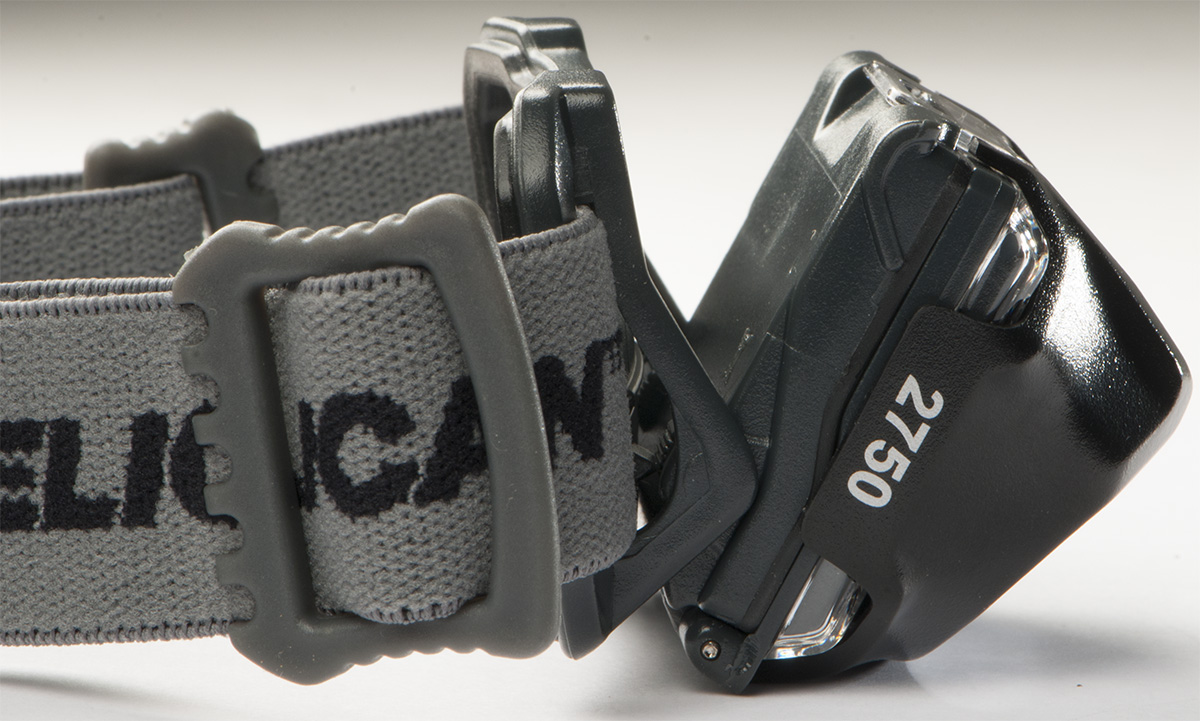How to Optimize Your Camping Setup
August 21, 2020

Going camping as an adult really gives you a newfound appreciation for your parents. Think about it: While they were busy doing all the work—figuring out where to camp, how to set things up, what to eat—you got to enjoy nature without worrying about all the logistics of your camping setup. Those were the good old days.
Now that you’re an adult, you’ve probably realized that a good camping experience doesn’t just happen by accident. Camping is all about having fun and reconnecting with nature–two things that can be difficult to accomplish when your camping setup is disorganized and impractical. This guide is meant to help you create a more comfortable and convenient camping setup so you can spend less time being stressed out and more time enjoying the great outdoors.
Getting Organized at Home
Anyone who has ever been camping knows that “roughing it” in the wilderness isn’t the most difficult part of camping—it’s all the pre-planning and packing that needs to happen before you even take a single step outside the door. From basic necessities such as food and shelter to items that can make camping more comfortable, you probably have a decent amount of gear that needs to be packed and loaded into your vehicle.

Getting organized at home will make packing and setting up your campsite much easier–not to mention, less stressful. Here are a few organization tips and hacks for your next trip.
- Start by making a camping checklist. You can find a generic camping checklist and then tailor it to your needs and region. Don’t forget to include separate checklists for kids and pets.
- Take stock of your current gear. Go through your camping storage and figure out what you need. If it’s been a while since you last camped, be sure to test your gear to ensure that everything works and has all the necessary pieces.
- Get a roomy tent. While a four-person tent can technically fit four people, it’s probably going to be very snug. If you don’t feel like spooning your tentmates all night, go one size up (e.g., a six-person tent to fit four people comfortably).

- Buy clear, plastic containers. Pack your camping gear in clear containers so you can easily see what’s inside each container. This way, you won’t need to open each box and rummage through them to find a particular item.
- Invest in a carrier rack. Make your life easy by investing in a rooftop cargo carrier before you go camping. This will provide more room for passengers and allow you to carry more camping gear to help maximize your overall comfort.
- Put the kids to work. Give each of your kids a duffel bag and let them carry their own things. They can use their bags to pack light items (think: toys and snacks). As an added bonus, having them carry their own things teaches them the importance of packing light.
- Pack strategically. There is an art to packing for camping. Place the heavier items on the bottom for safety purposes. Also, think about which items you’ll need to unload first upon arriving at your campsite and make sure those items are easily accessible.
Choosing the Right Location
The key to optimizing any camping setup is to choose the right location to pitch your tent and set up camp. In addition to making everyday tasks easier, your choice of a campsite will improve your odds of getting a good night’s sleep.
But what makes a good campsite? Here are a few things to keep in mind.
- Choose an established campsite. If you’re camping at a designated campground, choose an area that is already well-established to help minimize environmental impact.
- Look for a flat area with relatively soft ground. Soft earth will make it easier to get your tent pegs into the ground. And choosing a flat surface to camp is a no-brainer. You’re more likely to achieve a good night’s sleep when you aren’t sleeping on rocks, sticks and roots.
- Pick a location near a potable water source. Having easy access to a potable water source means that you won’t have to lug heavy water around for long distances. If your campsite offers additional amenities, such as showers and bathrooms, consider picking a campsite within a reasonable distance of them.
- Pitch your tent away from cooking areas. Although it’s nice to be located right next to a BBQ or a campfire, it’s important to note that this is a fire hazard. If you’re camping in bear country, it’s even more critical to pitch your tent away from your cooking area. To make cooking easier, invest in a rolling cooler that you can easily wheel across gravel, dirt and pavement.
- Never set up camp on the shore of a riverbed or a lake. Though it may seem idyllic, you’ll get eaten alive by bugs and have unwanted critters crawling through your camp. Plus, it can be hazardous in the event of rain or a flash flood.
Establishing Your Campsite
Even with proper planning, getting a campsite established can be a daunting task. To make things seem easier, try to arrive at your campsite early and with a full stomach. You’d be amazed at how less stressful setting up camp is when you’re not pressed for time or hangry.
- Start with your shelter. Pick a good place to pitch your tent (see above) and set up your tent before anything else. Pro tip: Keep your tent nice and clean by placing a tarp underneath it. When you’re ready to pack up and leave, the only thing that will be dirty is the tarp.

- Waterproof your tent. Use a silicone sealant or secure a tarp over your tent to provide shelter from the rain. Also, remember to use your rainfly. If you forget to use your rainfly, Murphy’s law of camping says that it will rain.
- Get the kids involved. As mentioned previously, the kids don’t need to twiddle their thumbs while you do all the work—in fact, they shouldn’t! Having the kids help you set up camp can teach them useful camping skills. Plus, they’re more likely to keep a clean campsite after going to all the trouble of setting up camp.
- Create a space around a common area. Set up a table and chairs where everyone can gather to play games and eat. Be sure to pick a spot with shade or create your own shade with a portable sunshade.
- Give communal items a fixed location. It can be really annoying to not know where certain camping items are when you need them the most. To reduce frustration for everyone, establish fixed places for shared items such as utensils and flashlights.
- Keep your campsite well-lit. Place LED rope lights around your campsite to help prevent trips and falls. For portable lighting, give everyone LED headlamps to free up their hands in the dark.
Looking for camping headlamps for the entire family? Shop LED headlamps at Pelican’s official store.
- Add homey touches. Even if you’re only going to be camping for a few days, it never hurts to add some cheerful yet practical touches to your camp. A front entry mat in front of your tent is homey and will help keep dirt out of the tent. Some string lights in pretty colors will create a festive mood while providing additional lighting.
Cooking and Meal Prep
After setting up camp, nothing tastes better than a well-earned campfire meal. But cooking without the convenience of modern kitchen appliances can be somewhat difficult. Here are a few tips to make cooking in the great outdoors easier and more enjoyable.
- Plan meals in advance. Before your trip, sit down and create a delicious menu consisting of easy camping meals. To make cooking and cleanup even easier, try to do as much meal prep in advance as you possibly can. Try this cooking hack: Fill a clean, plastic container with scrambled eggs and pre-cut veggies to make omelets in the morning.

- Put kitchen supplies into a single container. Since kitchen gear needs to be washed and possibly restocked, it deserves its own special container. Creating a camping kitchen box will also reduce the odds of forgetting important utensils, like spatulas and tongs.
- Bring a cutting board. Yes, we know that we just suggested that you do most of your slicing and dicing at home. Bring a cutting board anyway. In addition to food prep, a cutting board can be used as a small, portable table.
- Maximize your cooling powers. You paid good money for that quality cooler insulation—the last thing you want to do is squander it! Keep your food and drinks colder for longer by chilling the cooler the night before you pack it. For maximum efficiency, pack two coolers—one for drinks and one for food—so you’re not unnecessarily letting out cool air each time you reach for a cold one.

Looking for a heavy-duty cooler for your next camping adventure? Shop coolers at Pelican’s official store.
- Keep cooking essentials within easy reach. Hang an over-the-door shoe organizer from a tree and use the pockets to hold ingredients, cooking utensils and tools. Be sure to pick a shoe organizer with clear pockets so you can see the contents inside without having to check.
- Be prepared with multiple fire-starter methods. Depending on the weather, some fire-starting methods may work better than others. It’s also a good idea to have a backup fire-starter in case something happens to your first one.
Maintaining a Clean Campsite
Keeping a clean campsite benefits everyone. Besides helping your campsite stay litter- and critter-free, you’re also doing your part to preserve the environment for other campers and outdoor lovers. Here’s how to keep it clean and tidy without too much hassle.
- Lay down the law. Maintaining a clean campsite shouldn’t be a solo job. Let your kids and/or fellow campers know the rules of the campsite when you get there. While you may sound a little bossy, it’s better than having to do all the work by yourself.

- Set up a trash bin. As your camping party unpacks, they’ll probably have trash that needs to be thrown away. If you don’t have a garbage can close by, use an inexpensive pop-up hamper as a garbage can. Hampers with lids make the best garbage cans, for obvious reasons.
- Create a smarter dishwashing station. Nobody likes doing dishes, even in the great outdoors. Make it easier by washing dirty dishes in a portable and collapsible kitchen sink. Once dishes are clean, put them in a mesh bag and hang them up to dry. This dishwashing method frees up space on tables that would otherwise be used to dry your dishes.
- Keep paper towels nearby. Keep a roll of paper towels near your kitchen area. One nifty camping hack is to use a flag stake to conveniently hold them.
- Three words: biodegradable wet wipes. Biodegradable wet wipes are incredibly convenient, especially if you’re camping with kids. You and the kids can use them to wipe your hands after going to the bathroom or eating a messy meal. If you don’t have access to shower facilities, they can also be used to freshen up after a hike.
Final Thoughts

The secret to an incredible camping experience isn’t expensive gear or fancy gadgets—it’s an optimized camping setup. When your campsite is well-organized and efficient, every aspect of your camping experience is automatically better, from the food you make to your quality of sleep. With these tips, you can make your next camping adventure easy and more comfortable for all.

SIGN UP FOR EXCLUSIVE OFFERS
Sign up for our newsletter and get exclusive access to new product launches, special offers and much more.
RELATED BLOGS















